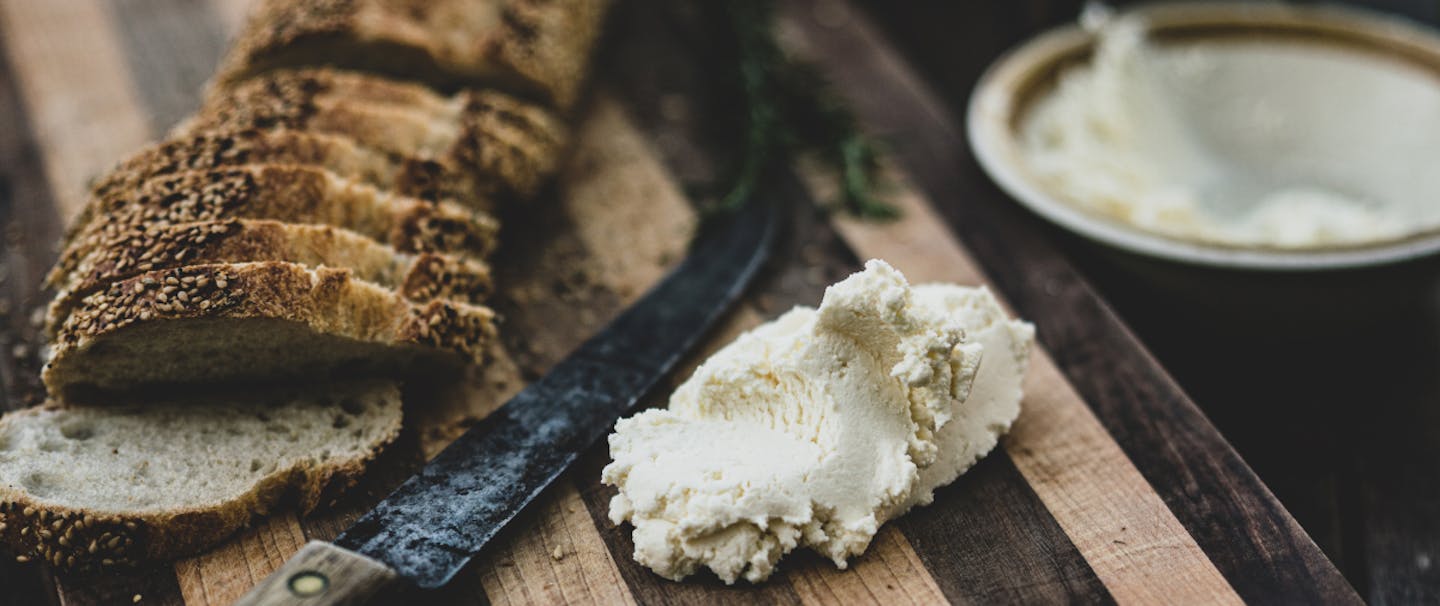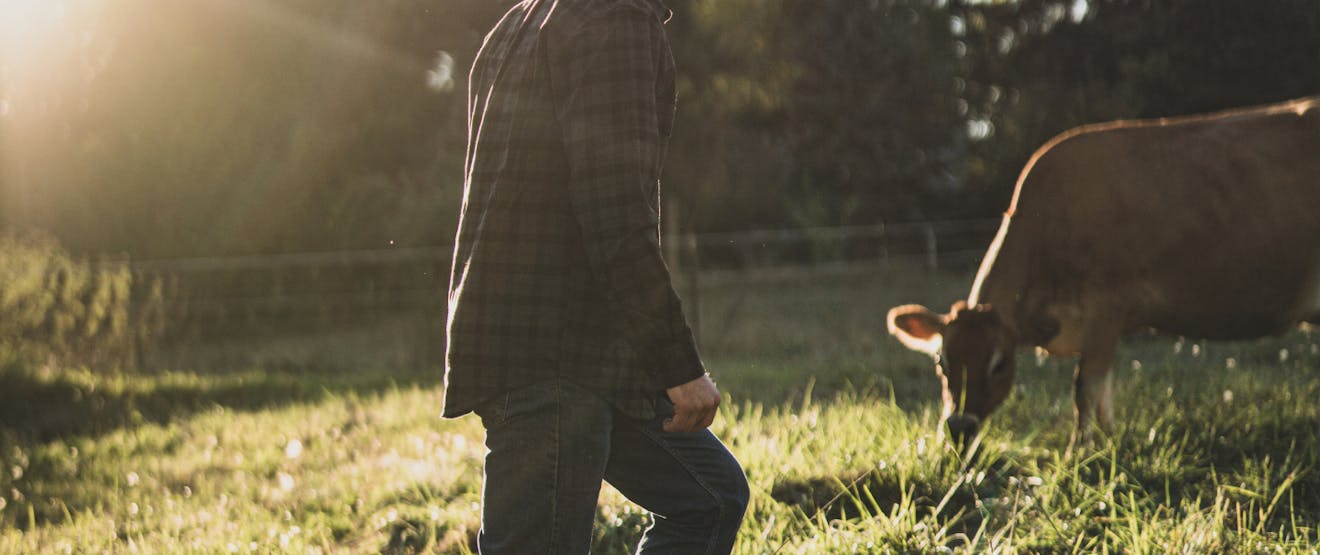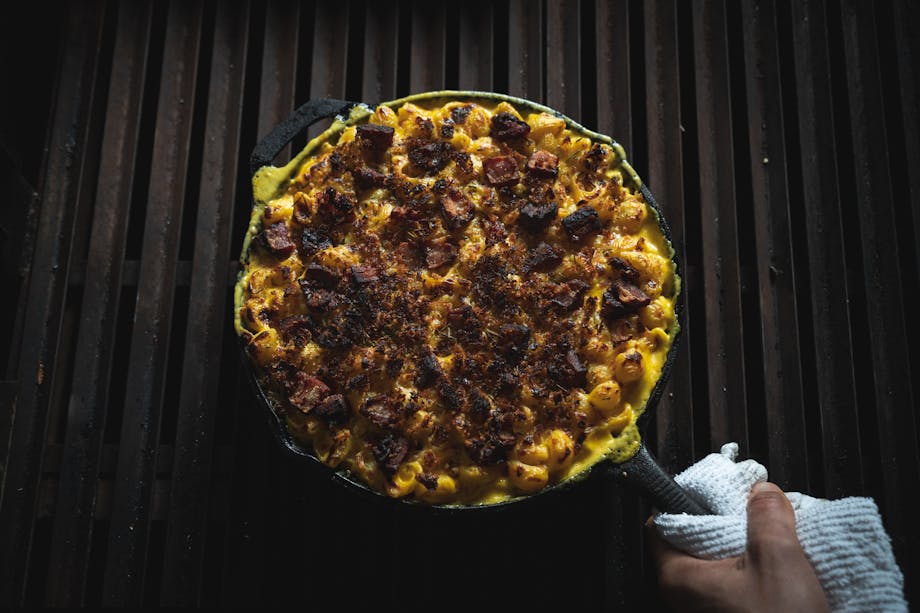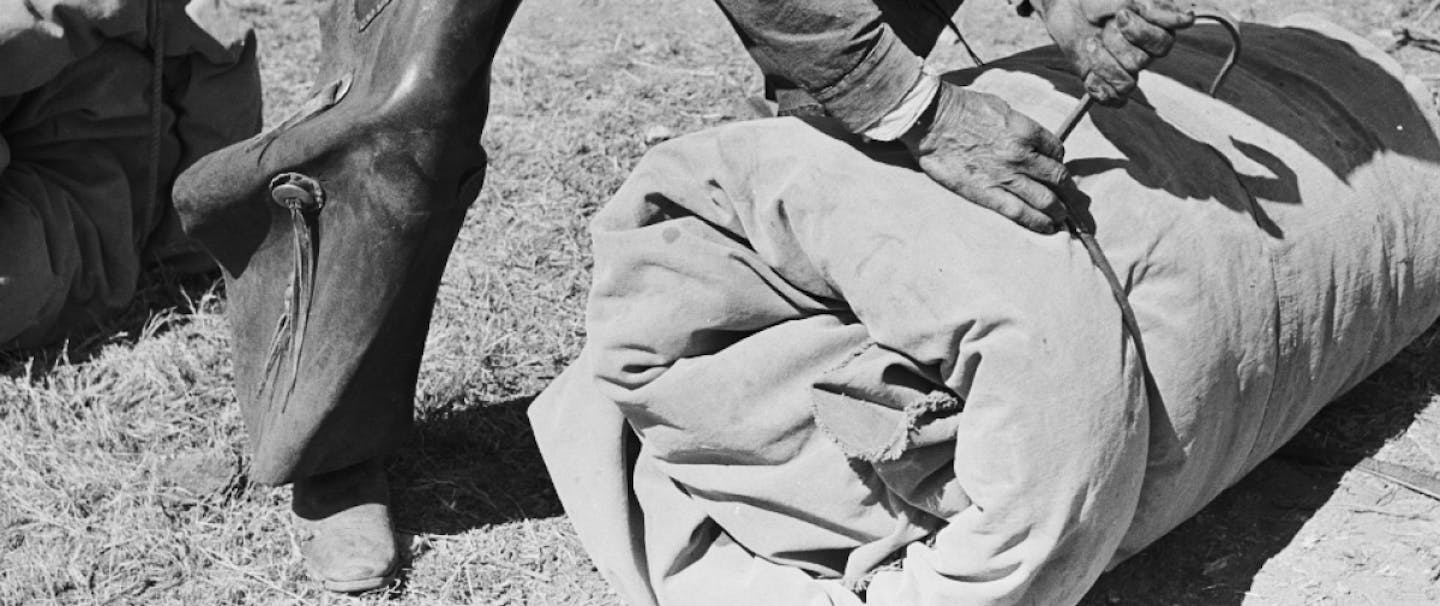WELCOME TO VENISON VALLEY FARM & CREAMERY. WE ARE KELSEY, BEN AND DARBY. THIS PLACE IS OUR FAMILY HOME ON VASHON ISLAND IN THE SOUTH PUGET SOUND. OUR LOVE OF COWS IS WHAT BROUGHT US TOGETHER AND WHAT KEEPS US GOING TODAY. WHEN KELSEY WAS EIGHT YEARS OLD, SHE HAD HER FIRST TASTE OF FRENCH CHEESE, AFTER WHICH SHE DECLARED, “WHEN I GROW UP, I’M GOING TO MILK A COW AND MAKE CHEESE.” SHE GOT HER FIRST COW, A JERSEY NAMED IRIS, WHEN SHE WAS FOURTEEN AND HAS BEEN INVOLVED IN COW HUSBANDRY, CHEESEMAKING AND CULINARY ARTS CONTINUOUSLY EVER SINCE!
I, on the other hand, grew up in a suburb of New York City and assumed food came from the grocery store as a kid. When I first got my hands dirty working on a veggie farm in upstate New York, I was hooked. I moved to Vashon in 2010 and began my apprenticeship to the incredible animals that are now the keystones of our lives.
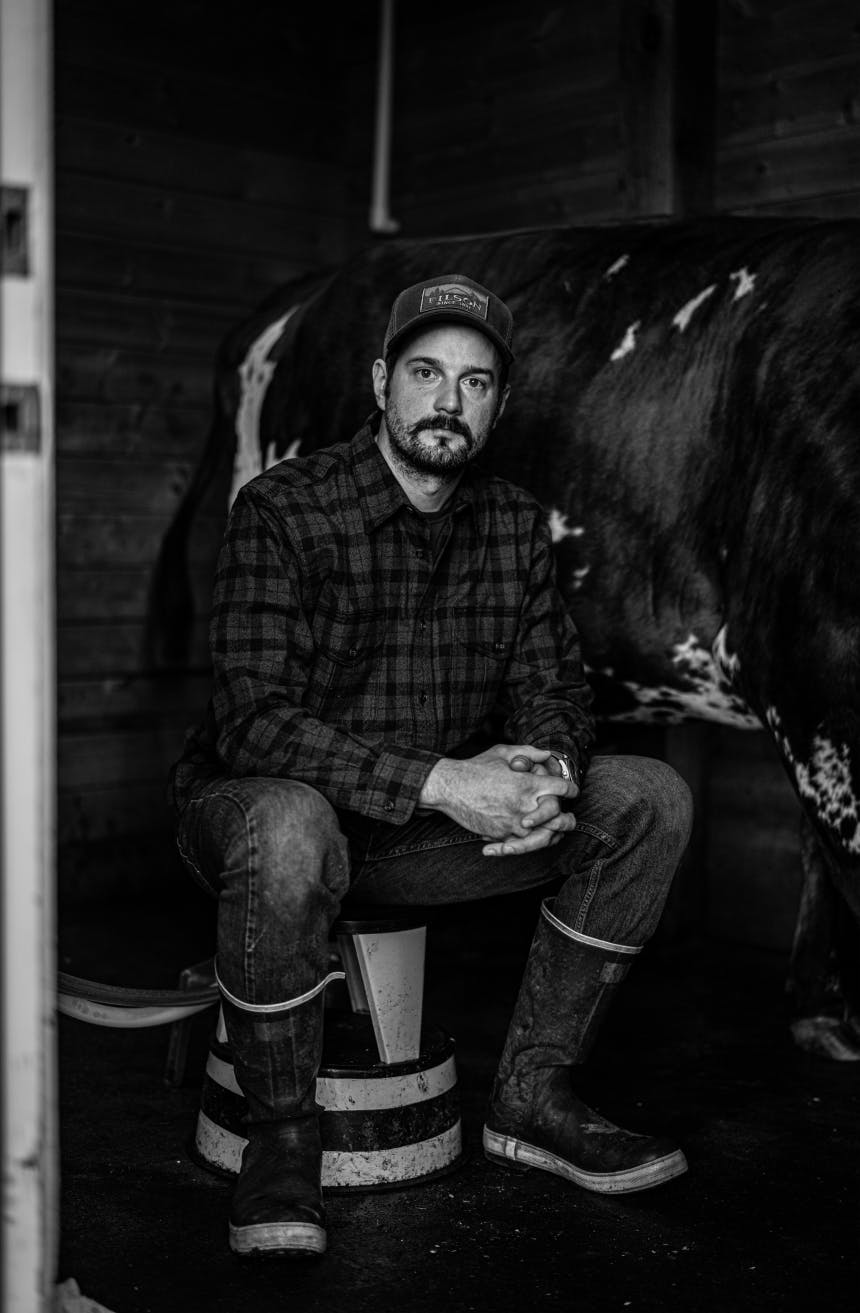
Vashon is a special place. The many small farms here are supported by a food-savvy year-round population and swells of summertime weekenders. We are also supported by a grower’s organization that makes food access for everyone a top priority and distributes “Farm Bucks” widely through a network of local nonprofits. I don’t think there is anywhere else in this country where a microdairy like ours could thrive in the way we have here. We sell our yogurt and cheeses out of a farmstand in our barn and through dairy subscriptions for island families. So what do we see as our role? Aside from helping feed those that value our work, we love sharing our knowledge and getting others excited about cheesemaking. As a home cheesemaker, you will be an ecologist, a chemist, a culinary artist and a channel for a 4,000-year-old cultural phenomenon. Learning to make cheese will deepen your appreciation for the food on your plate. We offer this recipe with the hope that it will encourage you to try something new and cultivate new relationships—discover your local dairy farms!
Farmer’s Cheese
Farmer’s Cheese is dead easy. It is a cheese made widely across Europe that can be made with equipment you likely already have in your home kitchen. The results will astound you. It is a soft, spreadable cheese with a pleasant tartness that will ruin you for store-bought cream cheese. It can be enjoyed plain or blended with herbs and garlic, or you may go sweeter with a bit of honey. Farmer’s Cheese is a great companion for smoked salmon and works well in egg dishes, or you can just serve it on its own with crackers or toast.
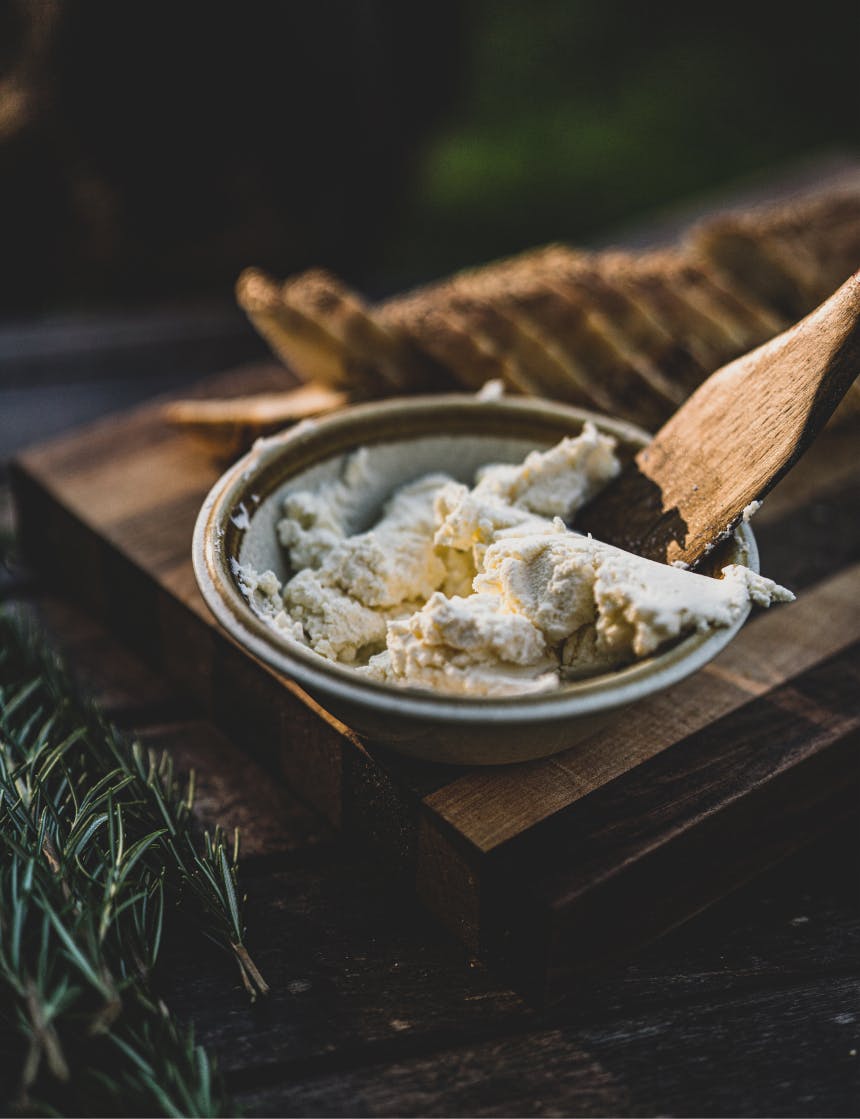
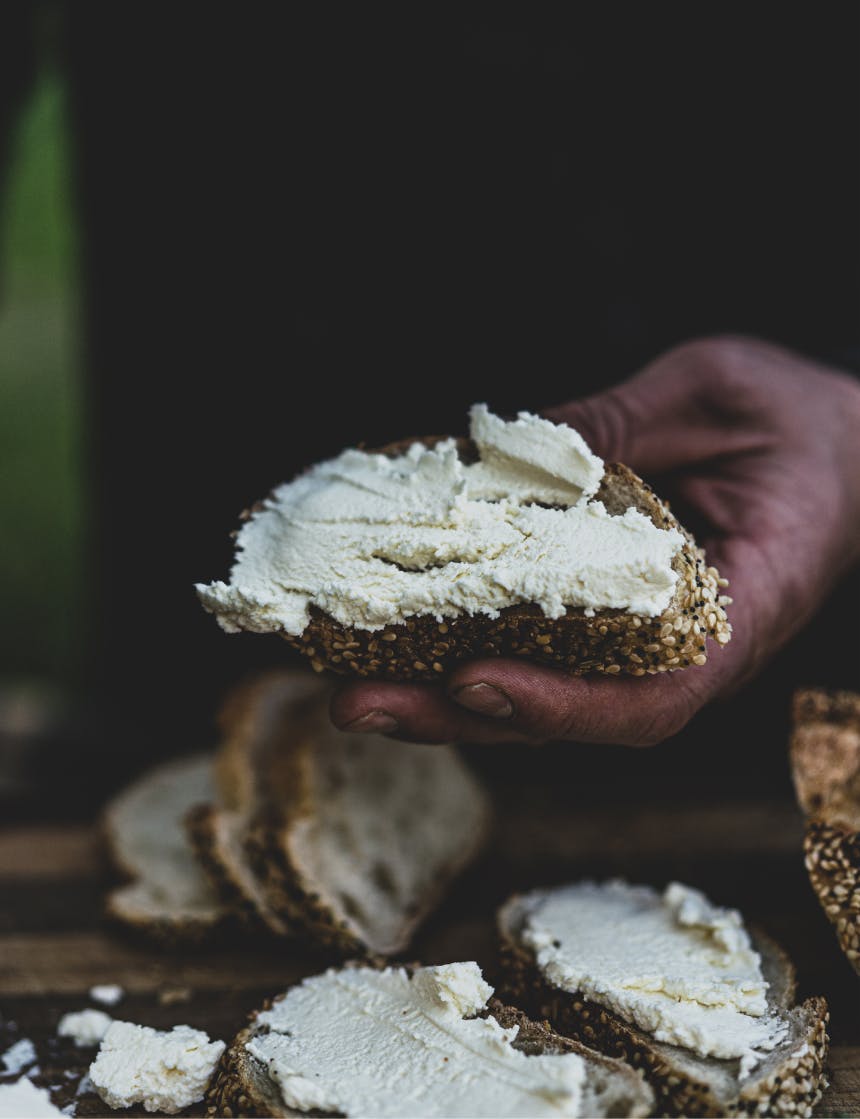
You can make Farmer’s Cheese with cow’s or goat’s milk (in which case you can call it chèvre). Use any milk you like, so long as it hasn’t been ultra heat treated (aka ultra-pasteurized). Ultra-pasteurized milk will be labeled UHT. Any of the specialized ingredients below (starters and rennet) can be purchased from New England Cheesemaking Supply (www.cheesemaking.com)
As a home cheesemaker, you will be an ecologist, a chemist, a culinary artist and a channel for a 4,000-year-old cultural phenomenon.
In a stainless steel pot, warm a gallon of whole milk until its temperature reaches 86°F. Stir in one of the following: 1 packet of direct-set fromage blanc (or chevre starter) or 2 tablespoons cultured buttermilk plus rennet (a tiny crumb of rennet tablet or 5 drops liquid rennet, either of which should be diluted in ¼ cup water).
Cover and let set at room temperature for 12 to 24 hours, until the curd smells tangy and has the texture of very thick yogurt.
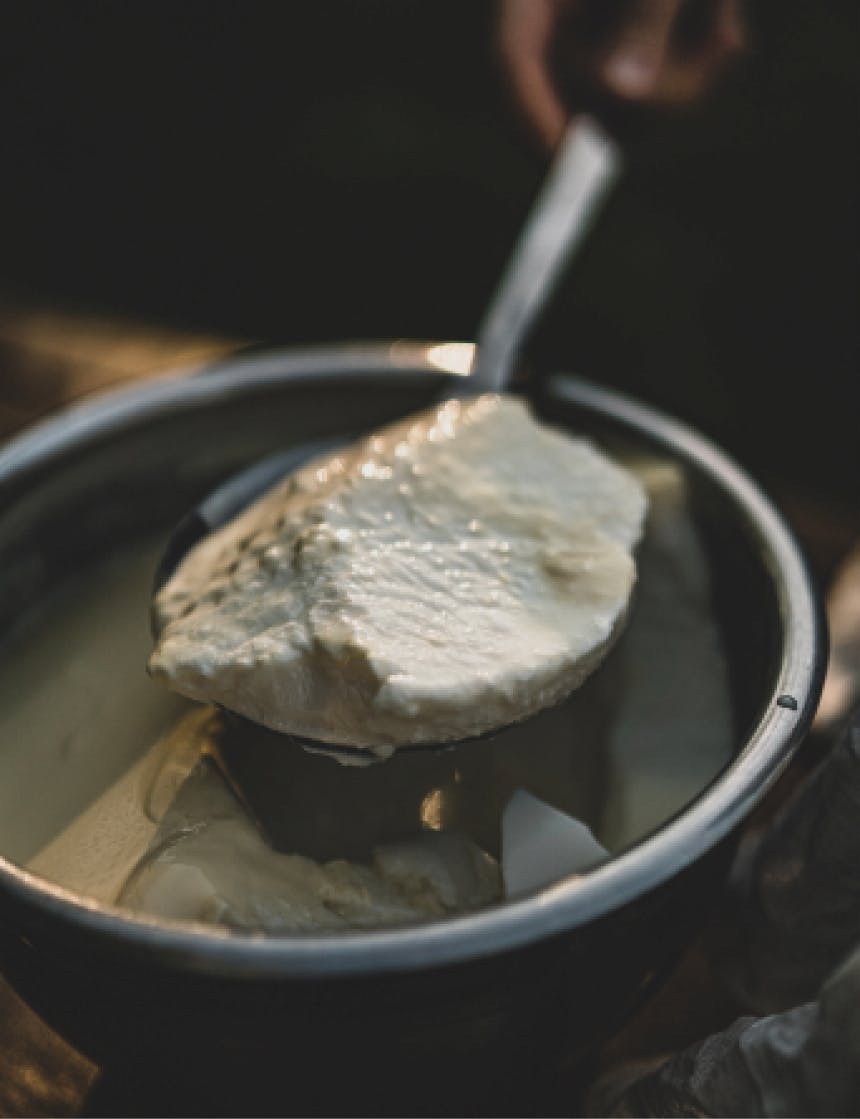
Cover and let set at room temperature for 12 to 24 hours, until the curd smells tangy and has the texture of very thick yogurt. Line a colander with cheesecloth (or a couple wet paper towels) and gently ladle the curd into the colander. Let the curd drain for 6 to 12 hours, or until it is the desired consistency. Cheese that is drained longer will have a more crumbly texture. Turn it out into a bowl and season with salt (and herbs/honey if you like) and refrigerate. We like to blend it in the food processor (before adding any herbs), which gives it a really smooth texture. It will keep up to 2 weeks. Yields about 2 pounds.
